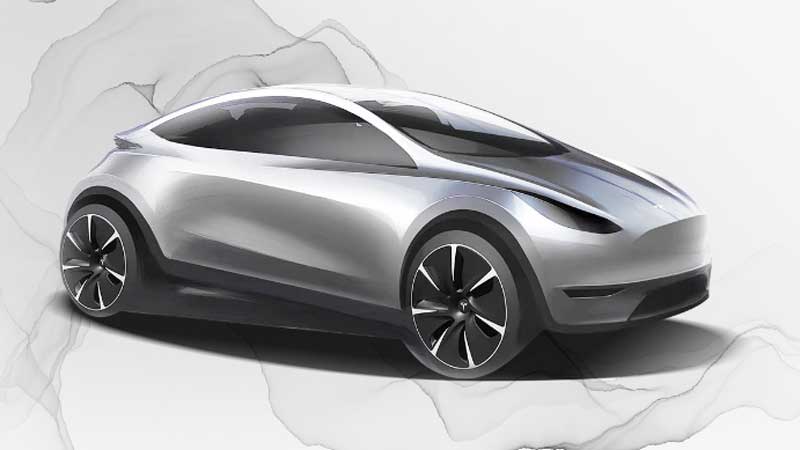A “budget” electric car touted by Elon Musk that would cost under $US25,000 ($A33,6340 converted) could be released in 2023 but might be missing some important elements: namely, a steering wheel and pedals.
Dubbed the “Model 2” by Tesla watchers (although Musk has said he doesn’t like that name), Musk first mused on the creation of a smaller electric car to complement the Model 3 and Model Y at the EV maker’s Battery Day in 2020.
Having hinted at the lower cost model when recruiting a lead for its Shanghai design studio in April, rumours emerged in August that Tesla may have already built an electric hatch prototype.
Now, it appears that the budget EV may actually form another step towards Tesla’s vision of an autonomous future, which would further drive profits for Tesla through ancillary services such as “robotaxis” providing transport on demand.
See alo: Why the price of Tesla electric cars could fall by half in just a few years
Electrek quotes people familiar with a company-wide meeting on Wednesday (US time), at which Musk said Tesla is aiming to start production for the cheaper electric car in 2023.
He reportedly spoke about his vision for the new model, connecting it to the work Tesla is doing on self-driving technology – something that it went in-depth on at its recent AI Day.
“Do we want to have this car come with a steering wheel and pedals?” Musk was quoted as saying by Electrek.
It’s a comment that suggests it could be an electric hatchback, instead of the Standard Range Model 3 (originally Tesla’s sub-$US35,000, or $A47,000 converted) that is no longer available on Tesla’s website, that forms the backbone of its planned “robotaxi” fleet.
The new details also beg a few questions. As it is more or less clear that the Model 2 will be made at Tesla’s Shanghai gigafactory, could it in fact be China that will see Tesla’s first autonomous taxi fleet?
And, will Tesla sell its Model 2 to drivers, and then invite them to add their vehicles to a robotaxi fleet as a way of gaining a financial return on purchase?
Chinese internet giant Baidu has an autonomous fleet in Cangzhou in China’s Hebei province that has been in service since August 2020, but still has human operators ready to take over when needed. Full Level 5 autonomous driving does not technically require any human intervention.
Tesla is currently testing its beta Full Self-Driving software in the US and has plans to release the next version 10 this Friday.
When it releases v10.1 after that Musk said on Twitter that a public opt-in request may also be possible. However, a wider release to the Tesla early access program (EAP) would only happen if the company considers it safe enough.
That is the aspiration, but we need to be cautious. Safety is always paramount at Tesla.
— Elon Musk (@elonmusk) September 2, 2021

Bridie Schmidt is associate editor for The Driven, sister site of Renew Economy. She has been writing about electric vehicles since 2018, and has a keen interest in the role that zero-emissions transport has to play in sustainability. She has participated in podcasts such as Download This Show with Marc Fennell and Shirtloads of Science with Karl Kruszelnicki and is co-organiser of the Northern Rivers Electric Vehicle Forum. Bridie also owns a Tesla Model Y and has it available for hire on evee.com.au.

